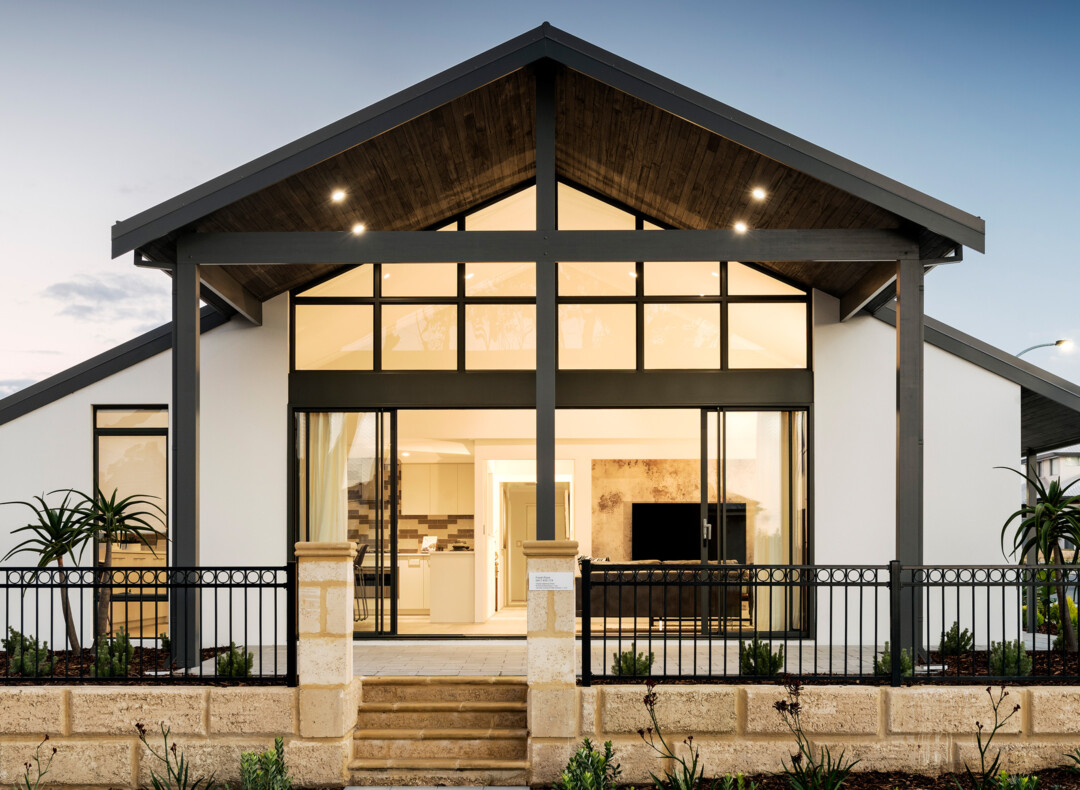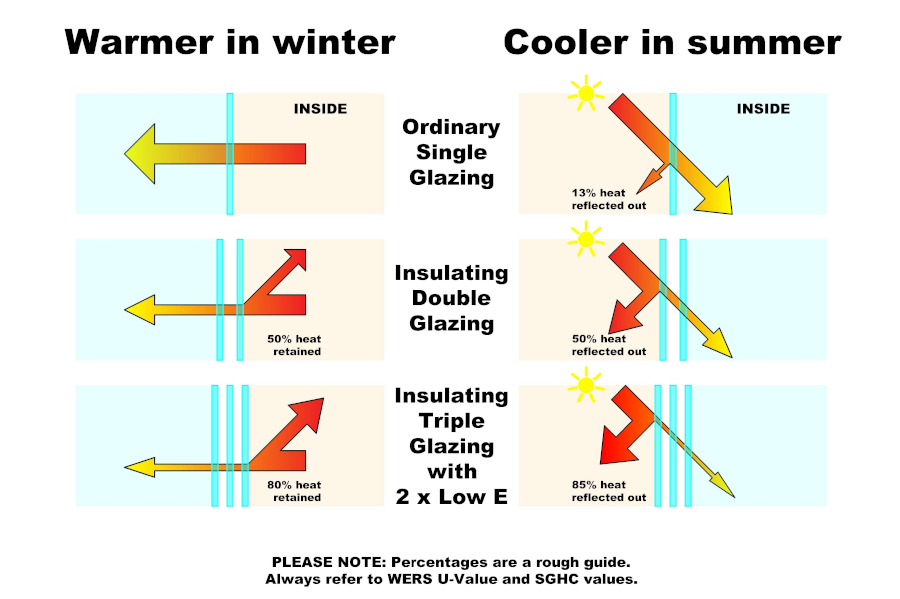All Categories
Featured
Table of Contents
What Is Double Glazing Windows And Doors? in Osborne Park Perth
That window can transfer more solar heat in winter than in summertime. A west-facing window on a summer's afternoon has an angle of incidence from near 0 approximately 30 with a large reliable area of solar radiation. A north-facing window, in summer season, has a high angle of incidence and a low effective location of solar radiation, so can send less heat than a west-facing one.

You can rapidly and quickly improve the thermal performance of your house by replacing your windows. This is one of the most reliable techniques of restoration to attain improved thermal convenience. There are countless types of glass and frames to select from. Choosing the best ones is necessary to improving the energy effectiveness of your home.
Home Window Glazing - Sustainability Victoria in Craigie WA
There are several types of glass products to choose from. Single glazing uses a single pane of glass. Single glazing with clear glass is not really effective when it concerns heat loss or gain. To enhance performance, you can use single glazing with a more energy-efficient type of glass such as low emissivity (low-e) glass.
Multiple layers can be assembled with sealed cavities between each sheet of glass. IGUs generally offer better energy performance than single glazing, since they transmit less energy. The energy performance of IGUs also depends on: the residential or commercial properties of each layer of glass. Various glass types (for example, clear and low-e glass) can be assembled in an IGU.
Why Should You Have Double-glazed Windows This Summer? in Waikiki WA

IGU cavities can be filled with air or a more inert, low-conductivity gas such as argon the width of the cavity. Cavity density is generally 6 to 18mm. Broader cavities offer lower (much better) U values, with 12mm usually accepted as the favored gap how well the cavity is sealed. Cavities need to be dry and well sealed to avoid moisture getting in.
If argon is set up to the cavity in place of air, wetness is dependably excluded the level of desiccant (drying representative). The spacer (metal or polymer strip) that separates the glass layers includes a desiccant to take in any wetness. Insufficient desiccant might cause moisture to condense on the glass surface area in cold conditions, lowering thermal performance.
Windows Of Opportunity: Your Guide To High-performance ... in Beckenham Perth
IGUs can deliver better energy performance for all climates, specifically in heated and air-conditioned houses. Cross-section detail of single, double and triple-glazing systems Low emissivity glass (commonly known as low-e glass) decreases heat transfer. Low-e glass may be either high or low transmission: High transmission low-e glass has a covering that enables daylight from the sun to pass into your home to accomplish great solar heat gain, but decreases the quantity of the long wavelength infrared heat that can escape back through the window.
Low-e glass has either a pyrolytic coating or a vacuum-deposited thin movie metal covering. Pyrolytic finishes are resilient and can be utilized for any glazing; vacuum-deposited finishes are soft and are just used within IGUs. Low-e finishings can considerably enhance both U value and SHGC; nevertheless, they must be used properly or they will either weaken or stop working to carry out as required.
Best Way To Block Sun Heat From Windows [Professionally] in Mirrabooka Perth
Low-e finishes can be used in mix with clear, toned or reflective glass. Low-e finishings on glazing can reduce heat transfer where required Photo: Department of Market, Science, Energy and Resources Toned glass has actually colouring additives included throughout manufacture. It is available in different colours, usually bronze, grey, blue and green.
Table of Contents
Latest Posts
Benefits Of Double Glazing Low-e in Applecross Western Australia
Double Glazing Windows - Prices And Installers Near You in East Fremantle Perth
Triple Glazing & Triple Glazed Windows - Hampshire in Innaloo WA
More
Latest Posts
Benefits Of Double Glazing Low-e in Applecross Western Australia
Double Glazing Windows - Prices And Installers Near You in East Fremantle Perth
Triple Glazing & Triple Glazed Windows - Hampshire in Innaloo WA